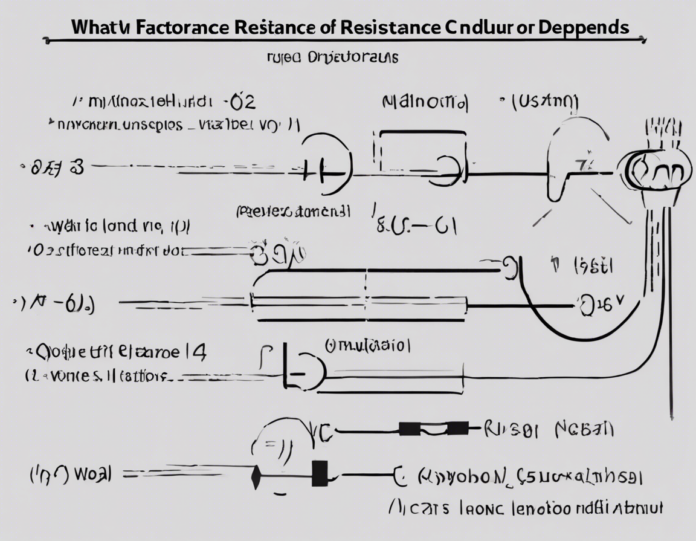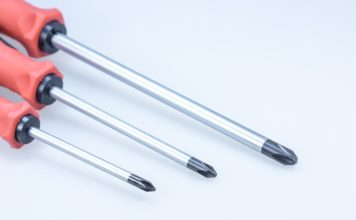Resistance is a fundamental property of conductors that plays a crucial role in the performance of electrical systems. When current flows through a conductor, resistance is the force that opposes the flow of electrons, causing a drop in voltage and generating heat. Understanding the factors that affect conductor resistance is essential for designing efficient and reliable electrical circuits. In this article, we will delve into the various factors affecting conductor resistance and explore their implications in real-world applications.
Factors Affecting Conductor Resistance
1. Material
The material of the conductor is a primary factor influencing resistance. Different materials have varying resistivity values, which determine how easily they allow the flow of electrons. Copper is one of the most common materials used in conductors due to its low resistivity, making it an excellent choice for electrical wiring. Aluminum, while less expensive, has higher resistance compared to copper.
2. Cross-Sectional Area
The cross-sectional area of a conductor directly impacts its resistance. A larger cross-sectional area provides more pathways for current flow, reducing resistance. This relationship is described by the formula:
[ R = \frac{{\rho \times L}}{A} ]
Where R is the resistance, ρ is the resistivity of the material, L is the length of the conductor, and A is the cross-sectional area.
3. Length
The length of the conductor is inversely proportional to its resistance. Longer conductors offer more resistance compared to shorter ones, as electrons have to travel a greater distance, facing more collisions and obstacles in their path.
4. Temperature
Temperature can significantly influence the resistance of a conductor. In general, as the temperature of a conductor increases, its resistance also increases. This phenomenon is described by the temperature coefficient of resistance, which varies for different materials.
5. Frequency
For alternating current (AC) circuits, the frequency of the current can affect the resistance of the conductor. At higher frequencies, the skin effect becomes more pronounced, causing the current to flow mostly on the surface of the conductor, thereby increasing effective resistance.
6. Purity of the Material
Impurities in the material of a conductor can create defects that hinder the flow of electrons, leading to increased resistance. High-purity materials are preferred for applications where low resistance is critical, such as in high-precision electronics.
Implications in Real-world Applications
Understanding the factors influencing conductor resistance is crucial in various applications, including:
-
Power Transmission: High-resistance conductors lead to power losses during transmission. Selecting materials with low resistivity and optimizing the cross-sectional area can improve the efficiency of power distribution systems.
-
Circuit Design: Engineers consider resistance values when designing circuits to ensure the intended flow of current. By accounting for factors like material selection and conductor length, they can minimize voltage drops and optimize circuit performance.
-
Heating Elements: Resistance heating relies on the conversion of electrical energy into heat through resistive elements. Controlling the resistance of heating elements is essential for maintaining desired temperatures in appliances such as ovens and water heaters.
Frequently Asked Questions (FAQs)
1. What is resistivity, and how does it differ from resistance?
– Resistivity is an intrinsic property of a material, representing its resistance to the flow of current. It is measured in ohm-meters and varies between materials. Resistance, on the other hand, depends on both resistivity and the dimensions of the conductor.
2. How does temperature affect the resistance of a conductor?
– In most materials, resistance increases with temperature due to the higher thermal agitation of atoms, which disrupts the flow of electrons. Some materials, like semiconductors, exhibit negative temperature coefficients, where resistance decreases with increasing temperature.
3. Why is copper commonly used in electrical wiring?
– Copper has low resistivity, excellent conductivity, and good mechanical properties, making it ideal for electrical applications. It also offers high corrosion resistance and is relatively easy to work with.
4. Can resistance be completely eliminated in a conductor?
– No, according to the fundamental principles of physics, resistance cannot be entirely eliminated in a conductor. However, superconductors exhibit zero resistance at very low temperatures, enabling the lossless transmission of electricity.
5. How does the cross-sectional area of a conductor affect resistance?
– A larger cross-sectional area reduces resistance by providing more pathways for current flow. This is why thicker wires are used for high-current applications to minimize power losses due to resistance.
Understanding the factors affecting conductor resistance is essential for optimizing the performance and efficiency of electrical systems. By considering material properties, dimensions, temperature effects, and other influencing factors, engineers and designers can make informed decisions to minimize losses and enhance the reliability of electrical circuits.









